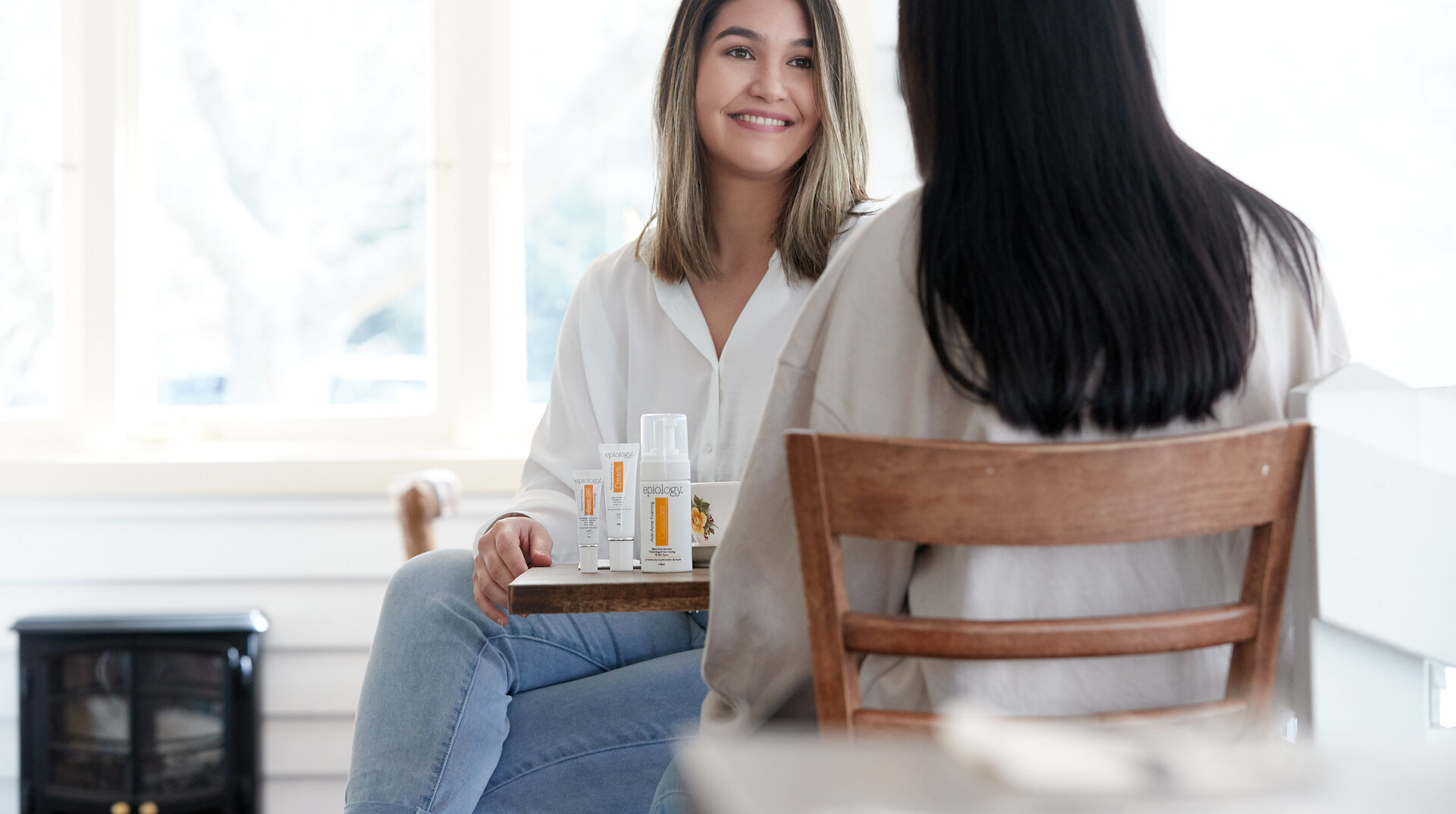As the temperature rises and we start to spend more time outdoors (at the beach if we’re lucky!), it’s time to remember the classic sun safety message of slip, slop, slap and wrap. With ‘slop’, a good sunscreen is one of the best ways to protect your skin against harmful ultra-violet (UV) damage.
But when you’re prone to acne and have sensitive skin, it can be tricky to pick the right sunscreen. There are many sunscreens out there, so we’ve broken down exactly how they work and what to look for when buying one for your acne-prone skin type.
Sunscreen works by absorbing or blocking the sun’s harmful rays
The sun emits ultra-violet light (UVL), made up of UVA and UVB wavelengths. The shorter UVB wavelengths can cause sunburn and contribute to skin cancers (just one serious burn can increase the risk), and the longer UVA wavelengths can contribute to premature ageing.
Applying a high-quality, broad-spectrum sunscreen on all areas of exposed skin, and reapplying regularly (every two hours, or more if you’re swimming/sweating), helps protect the skin from those harmful rays. Depending on how fair your skin is, everyone should use a sunscreen with a sun protection factor (SPF) of at least 30, but 50+ is ideal.
The right sunscreen for your skin type
For oily and acne-prone skin, try a gel or spray formula as these have a lighter base and are absorbed into the skin quickly.
And if you also have sensitive skin, look for sunscreens marked ‘hypoallergenic’ or ‘low irritant’. Many of these will be physical barrier sunscreens, which use mineral formulations with zinc oxide or titanium, and are less likely to irritate your skin.
If you like to look out for the environment, keep an eye out for a reef-friendly sunscreen, as along with other environmental factors sunscreen is contributing to the slowly eroding health of ocean life like coral.
Preventing sunscreen-related breakouts
Some sunscreens have ingredients that can clog pores and cause breakouts. To prevent any pimples putting a damper on your summer, be sure to wash your skin thoroughly 2-3 times a day.
- Start by washing your skin with Epiology’s Anti-Acne Foaming Cleanser to remove oil and bacteria
- Follow it up with the nourishing and hydrating Epiology Advanced Anti-Acne Cream
- Finish with the Extra Strength Spot Gel to tackle any pimples
You can do these steps before you apply sunscreen, and at the end of the day before you go to bed.
What to do if you catch some sun
If you get home from a day in the sun and realise you have turned pink, there’s little that can be done except to try and soothe the discomfort until it heals naturally.
If you catch it early, apply some Epiology Advanced Anti-Acne Cream to try minimise the damage. The IDP® proteins in Epiology also have antioxidant properties and work like your own team of special agents to eliminate free radicals, reducing redness and irritation and minimising free radical damage.
For more tips about looking after your skin in the summer months, have a read of our November blog.


